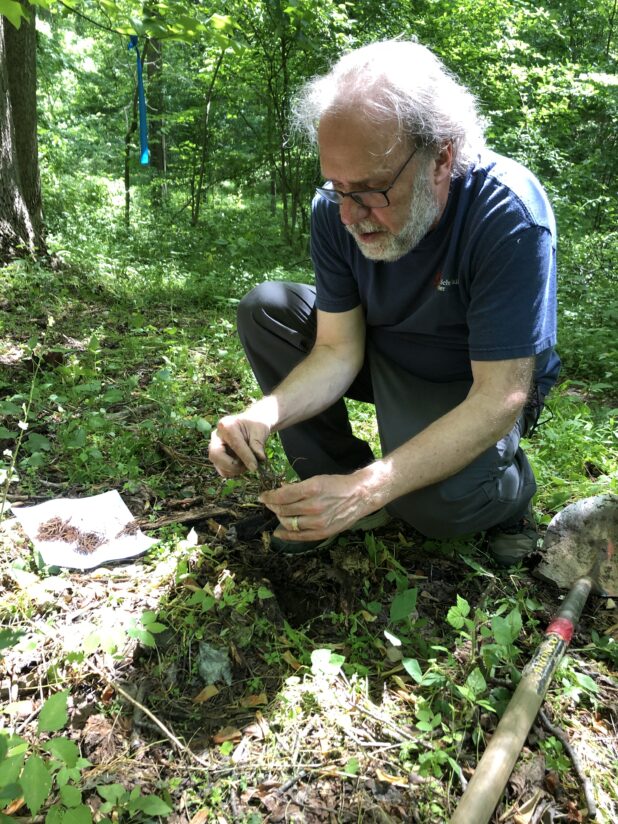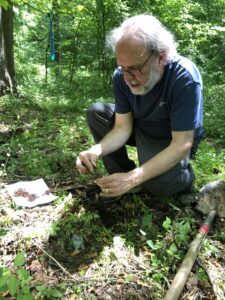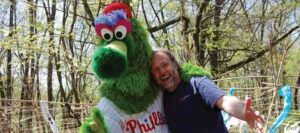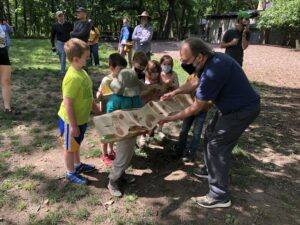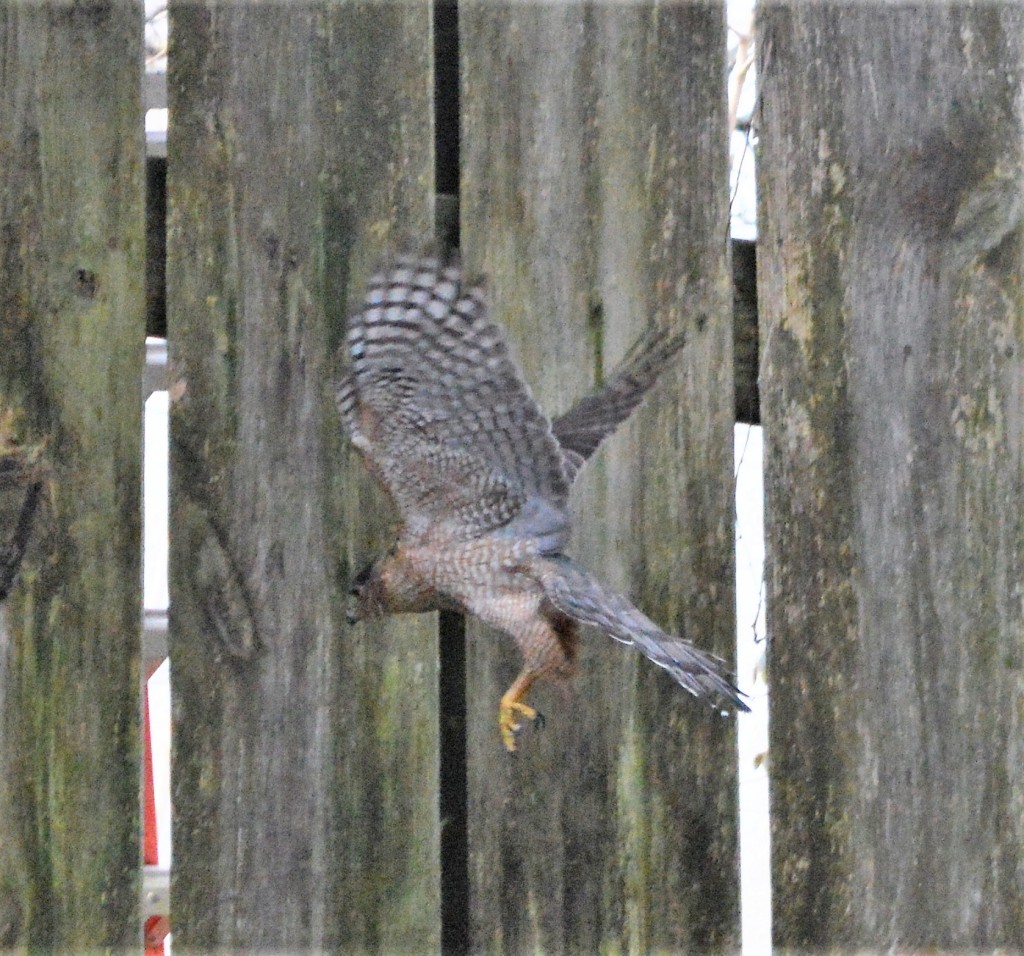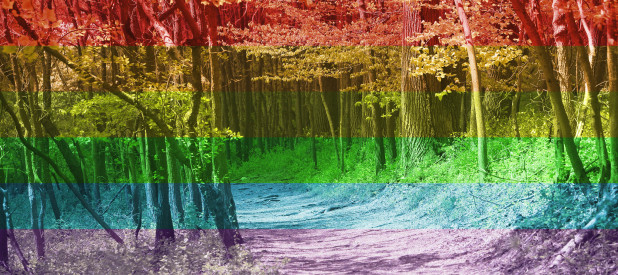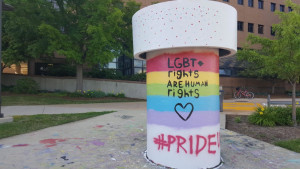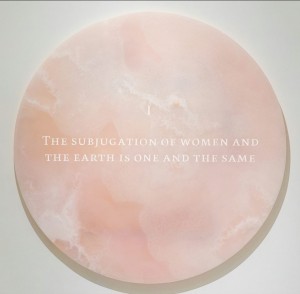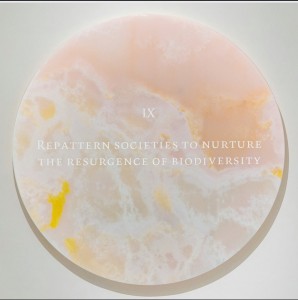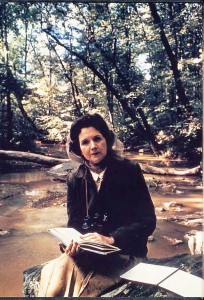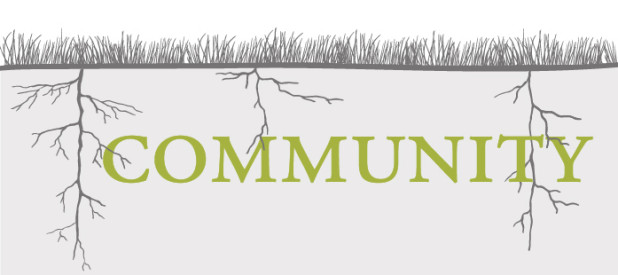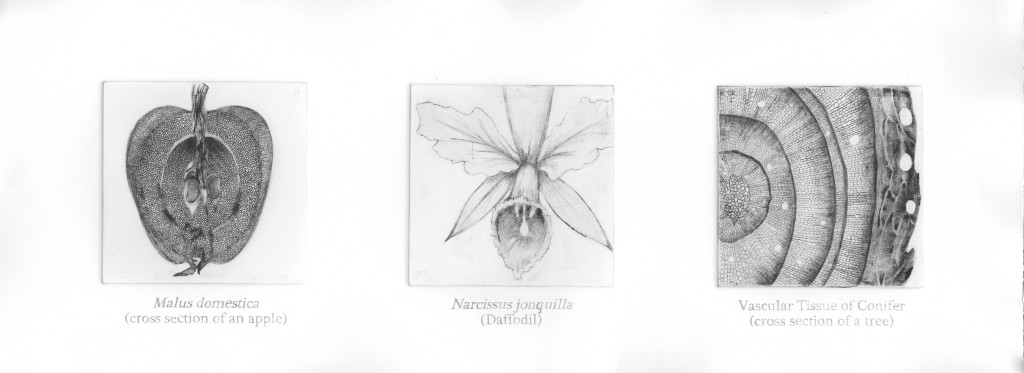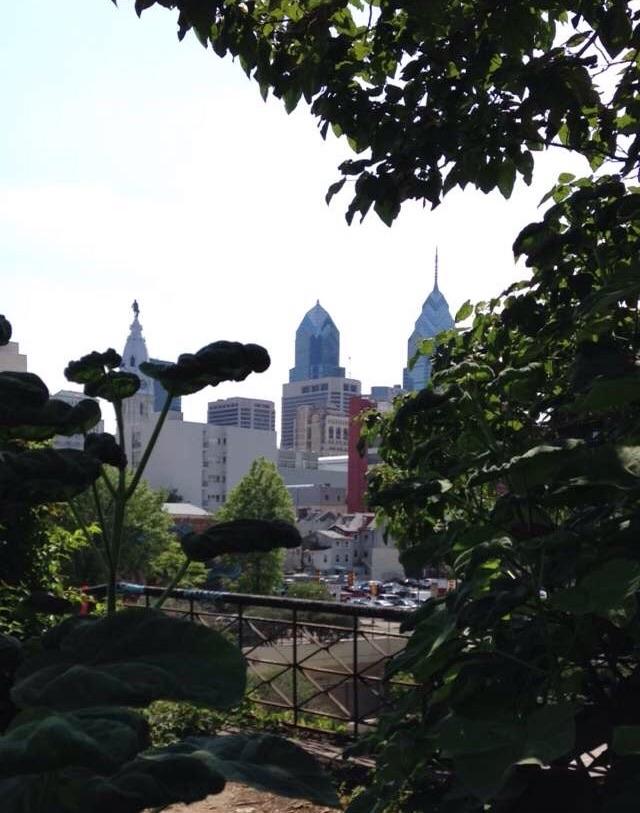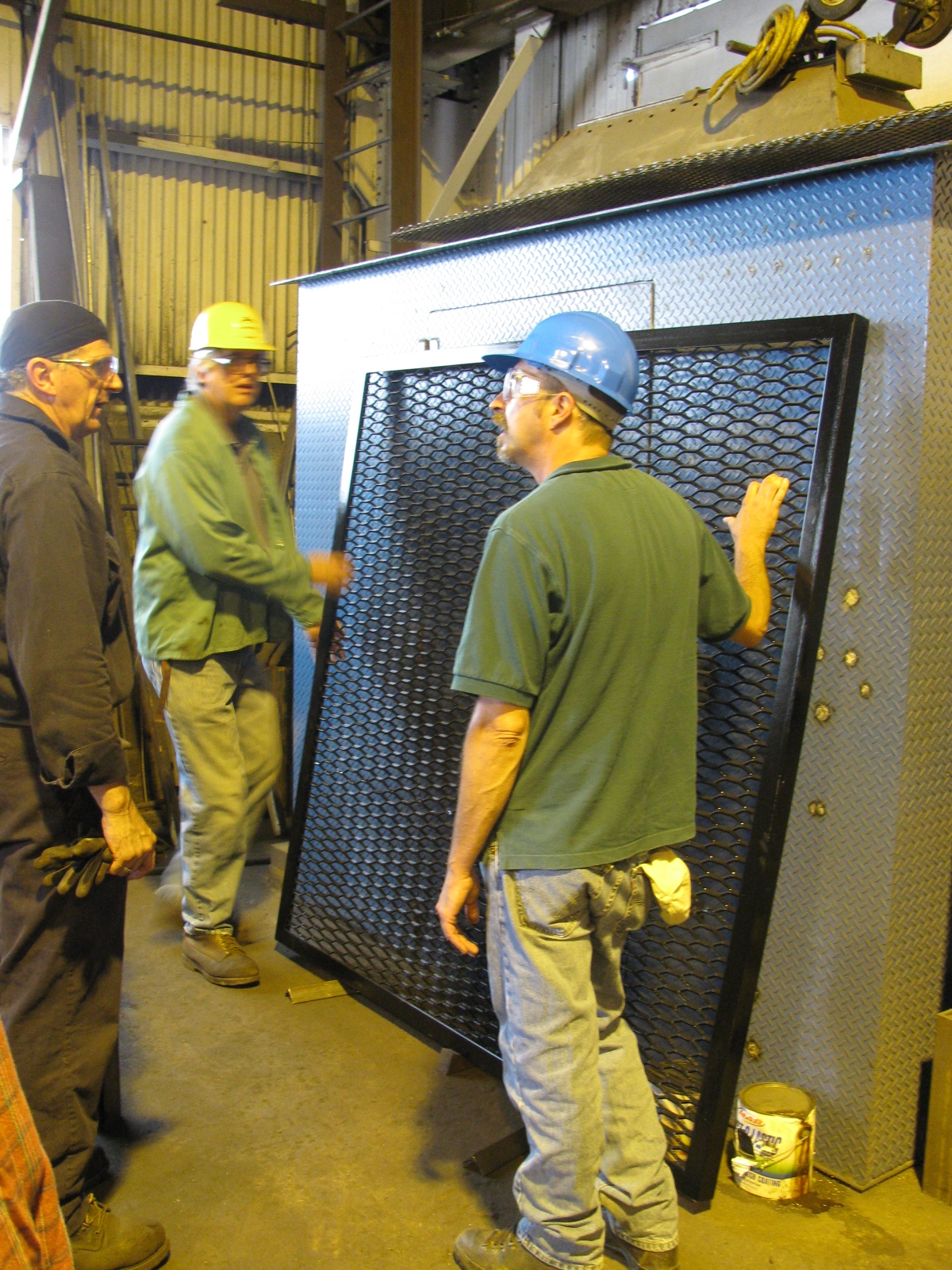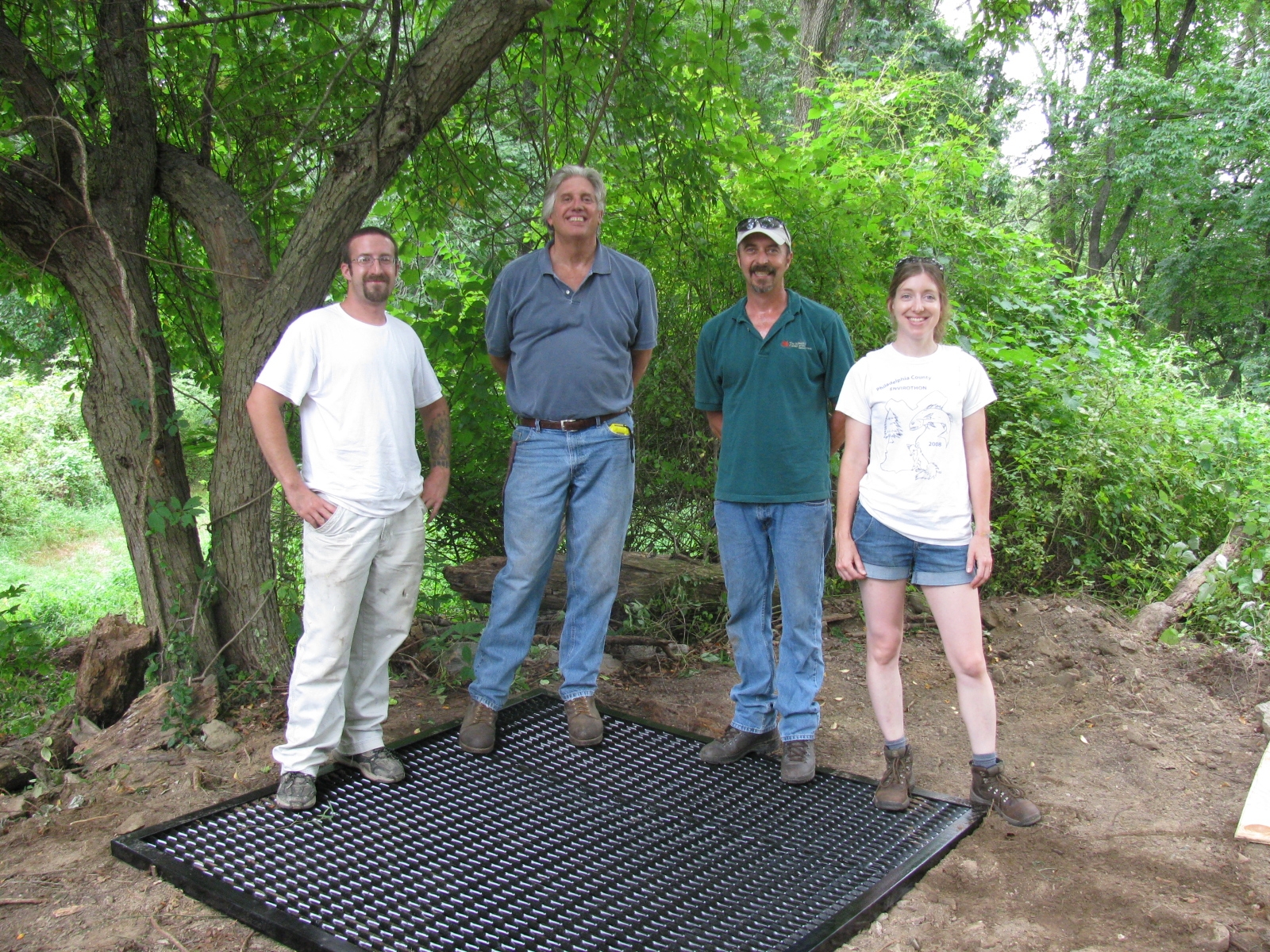When Mike Weilbacher first came to the Schuylkill Center for Environmental Education 40 years ago, he never imagined he would one day become its executive director. In 1982, he arrived in Philadelphia, new to the city and fresh out of grad school, to work as an educator under legendary founding director Dick James.
As he marks the 10th anniversary of his return to the Center, Mike reflects on the transformations of the last decade—and looks ahead to the next challenges.
Back in 2011, Mike knew his return came at a pivotal moment in the organization’s history. The charter school that had been renting space for a decade was departing, leaving a mostly empty building, the lack of space leading to little programming. Where one might see challenges, Mike saw opportunities.
Mike offers that we were, back in our heyday, “one of the most important environmental education organizations in the city, and even the state.” His goal was to restore our relevance within environmental education circles— and bring people in the front door.
To accomplish this, he led a staff and board effort to reimagine the building, and staff began turning the 1968 cinder-block building back into a lively space for programming. We reopened our large 200-seat auditorium, carved an art gallery from a failed bookstore, united staff on one floor of the building, and turned the classroom wing into the new home of Nature Preschool.
On the programming side, to fill that large auditorium, he inaugurated the annual Richard L. James Lecture, which he says “hopes to bring a large group of adults together to wrestle with cutting-edge information and issues.” He charged staff with creating a family-focused Earth Day festival, which blossomed into Naturepalooza, our most popular one-day event.
He guided staff and board through master and strategic planning exercises that led to the new gateway entrance on the Schuylkill River Trail, the radical makeover of the Visitor Center’s front entrance, and the coming transformations of Nature Playscape and our River House site (stay tuned!).
Coming soon, he envisions the Discovery Center, our indoor museum, moving into the 21st century with interactive exhibits on diverse topics like climate change in Philadelphia, and looks to continue improvements across additional spaces in the Visitor Center.
Mike also expects our programming to meet this unique moment. “We have a narrow window of opportunity to address big issues like climate change and biodiversity loss. How does our programming rise to this challenge?” He continues, “In a very different context, Martin Luther King, Jr. talked of the ‘fierce urgency of now.’ I believe our programming needs that same fierce urgency.” So he continues to raise public awareness on tough issues in our programs and in his weekly columns for the Review, Roxborough’s paper. Mike sees progress in the past 10 years, like our 2016 Year of Climate Change programming, but there’s more to come.
To mark this milestone, the staff and board recently gathered with Mike at a morning celebration, placing a bench in his honor on the Ravine Loop. Staff spent the morning with Mike planting an oak tree and more than 250 trillium bulbs—his favorite wildflower—of 10 species, one for each year. Nature Preschool students also offered him art featuring their hands touchingly wood-burnt into beautiful cedar slabs.
Mike’s tenure has clearly elevated our stature as a regional leader in environmental education. Board of trustees president Christopher P. McGill says, “Mike has created many successful programs—all mission-oriented and positively impacting our community at large. We are so grateful to have him driving the Center’s success now and into the future.”
Former board president Binney Meigs puts it best, “In a time of noisy disinformation, we have an astute quiet voice who isn’t merely disseminating knowledge but is guiding students toward thinking for themselves and eventually, teaching others in numerous, flexible, and creative ways. This requires patience, infinite confidence and gentle strength without a personal agenda. Ultimately, this is the sign of profound and rare leadership which we deeply appreciate in Mike Weilbacher’s tenure at the Schuylkill Center.”
For Mike, his career arc at the Schuylkill Center is pure “poetic symmetry.” Coming here fresh out of grad school, he still pinches himself that he has been able to return.

